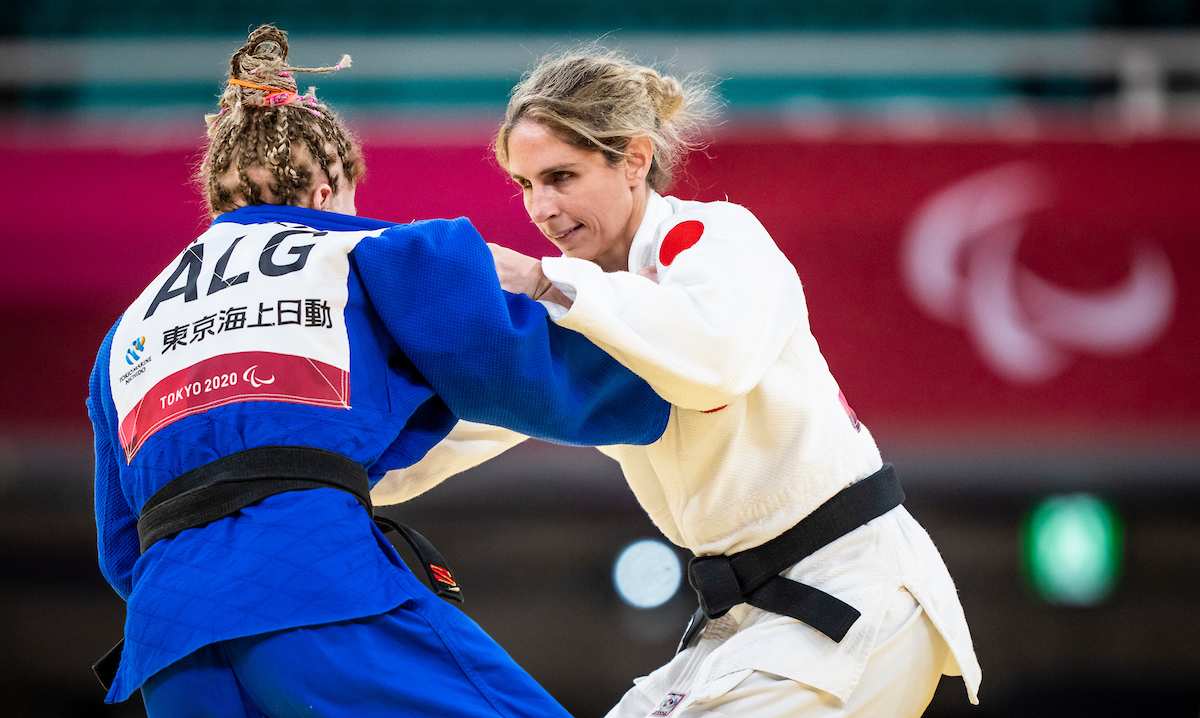
Para judo
Summer Sports
In Para judo, visually impaired athletes compete in various weight categories for men and women. There are two main differences between Para judo and Olympic judo: combatants have contact with each other at the start of the match and the mat has a different texture.
The athletes try to execute a perfect technique which scores an immediate win (ippon – a perfect point in Japanese), or to score more points than one’s opponent. Lesser scores can be awarded when a technique does not merit an ippon. If neither judoka completes an ippon by the end of the five-minute match, the winner is the one with the highest score.
The key elements of Para judo are balance, touch proprioception, and combative instinct, all of which are highly developed qualities possessed by athletes with a visual impairment. Competitive Para judo demands extreme physical and strategic performance and competitors must use different techniques to overcome or immobilize their opponent.
A combatant must combine quick moves with strength and agility in order to score points. Athletes must maintain balance and reaction while countering an opponent’s rush. Point-scoring moves in attack and counterattack. Throwing techniques and ground holds include hold downs, arm locks, and choke holds. Kicking and punching are not permitted.
Para judo was first included on the Paralympic program at the 1988 Seoul Games. Women’s events were added to the 2004 Paralympic Games in Athens. The sport is now widely practiced by male and female athletes in more than 40 countries. Canada has won four bronze medals at the Paralympic Games including three by Pier Morten.
Judo is governed by the International Blind Sports Federation (IBSA) and follows the International Judo Federation (IJF) rules used at other top-level, able-bodied judo events, with slight modifications for athletes with a visual impairment. Canada’s National Sport Federation for the sport is Judo Canada.
J1 – An athlete’s vision impairment must result in a visual acuity of less than or equal to LogMAR 2.6 in binocular vision.
J2 – The athlete’s visual acuity must be within a range between LogMAR 1.3 and 2.5 with binocular vision, or with a binocular visual field of 60 degrees or less in diameter.
"*" indicates required fields